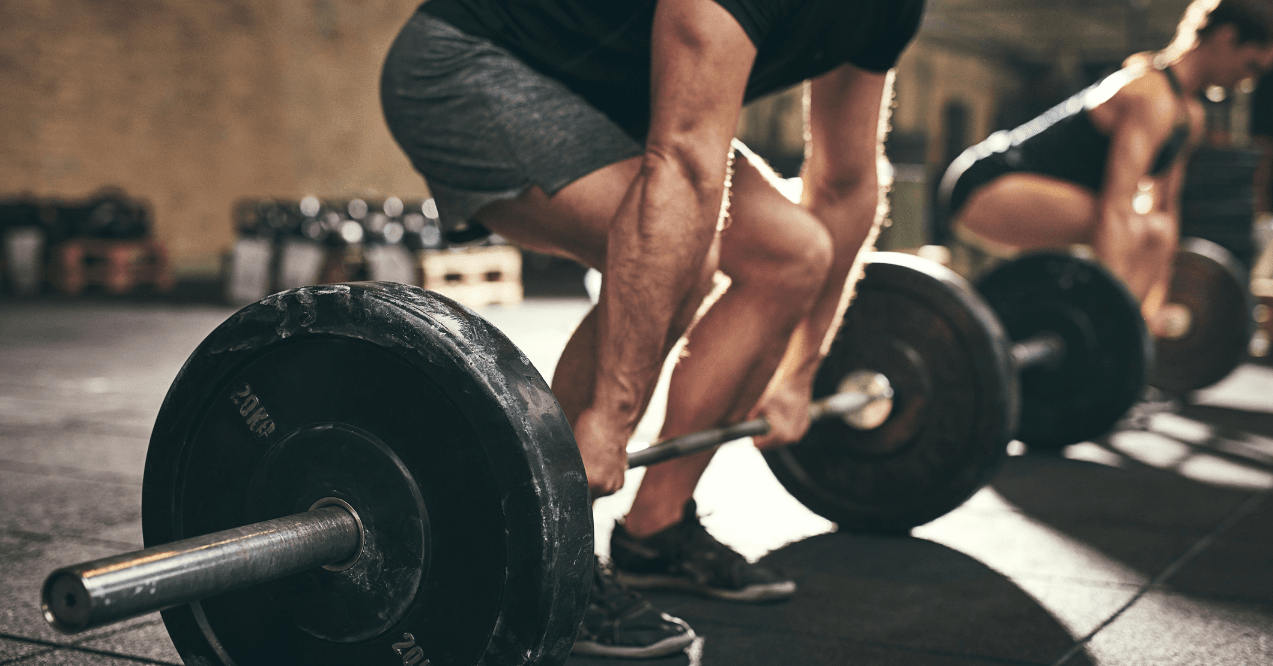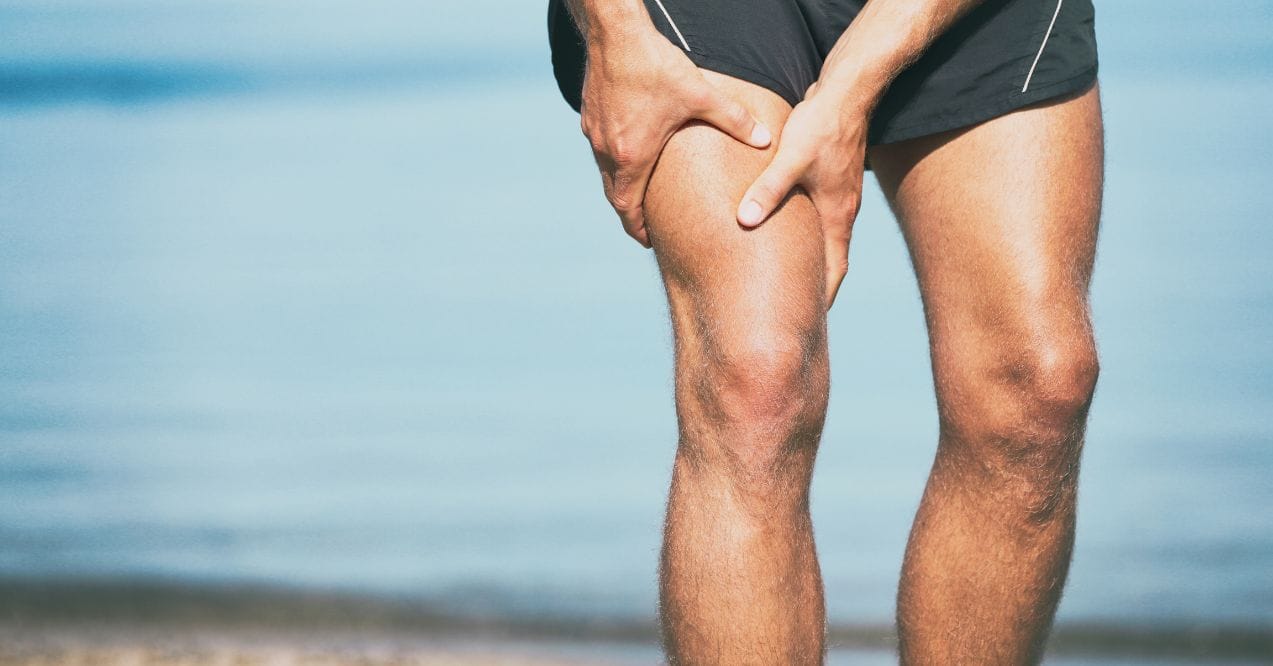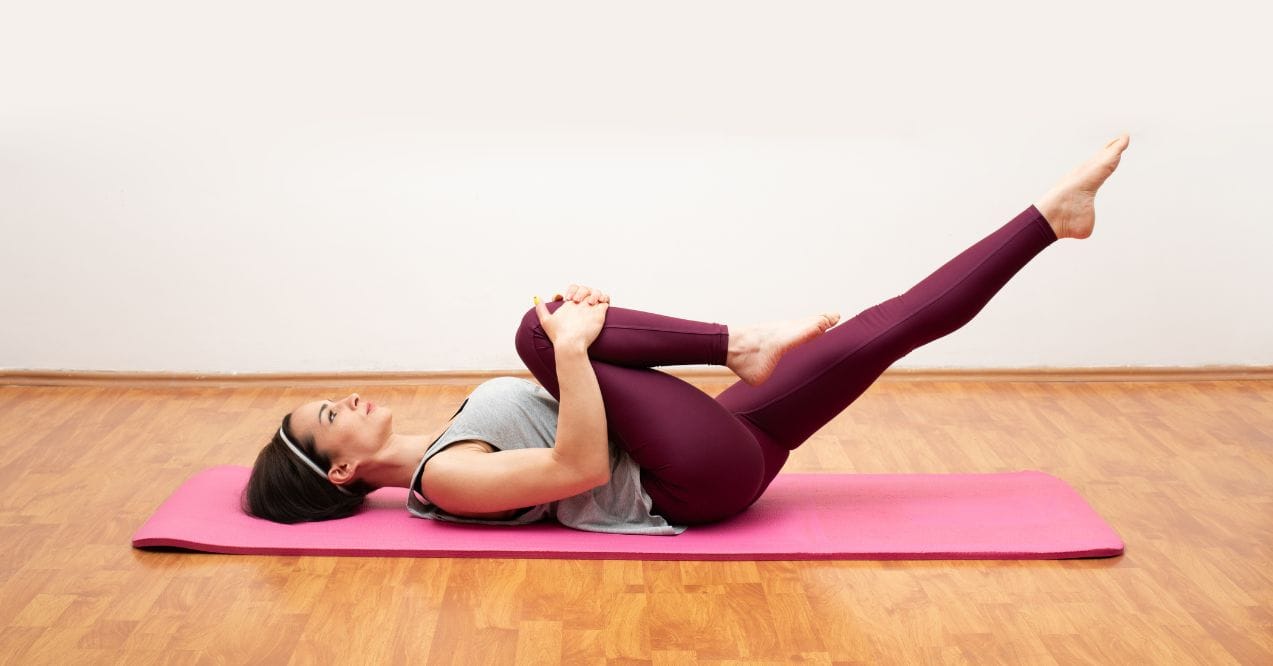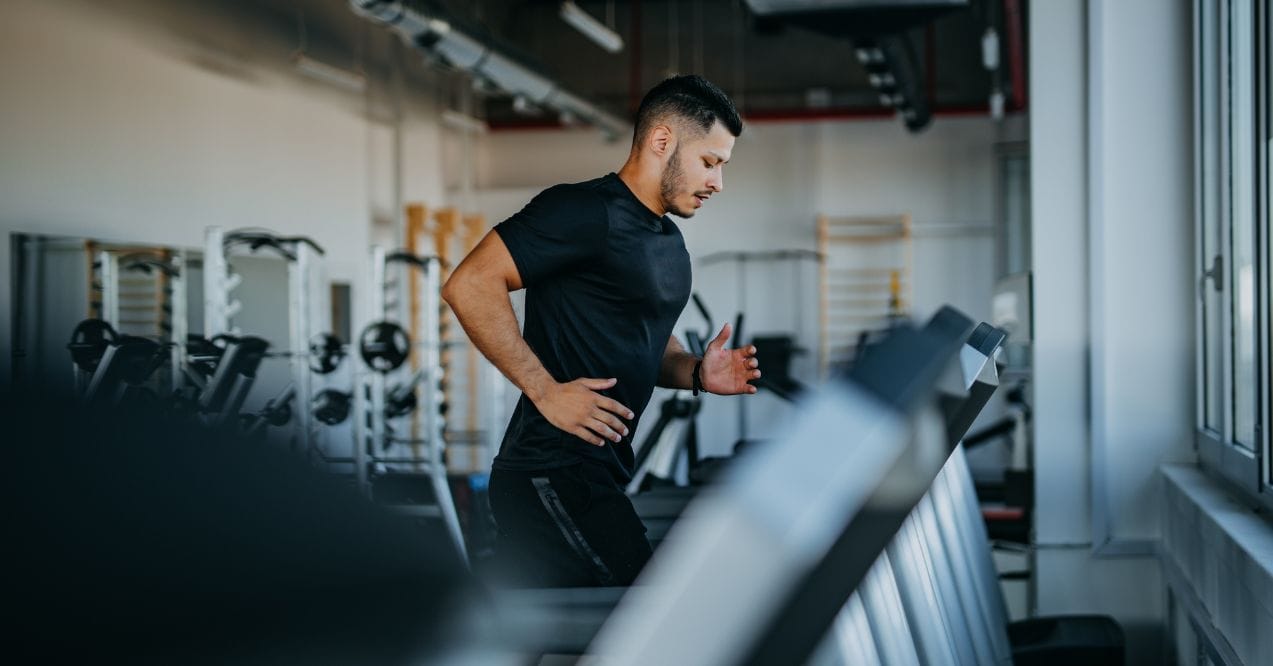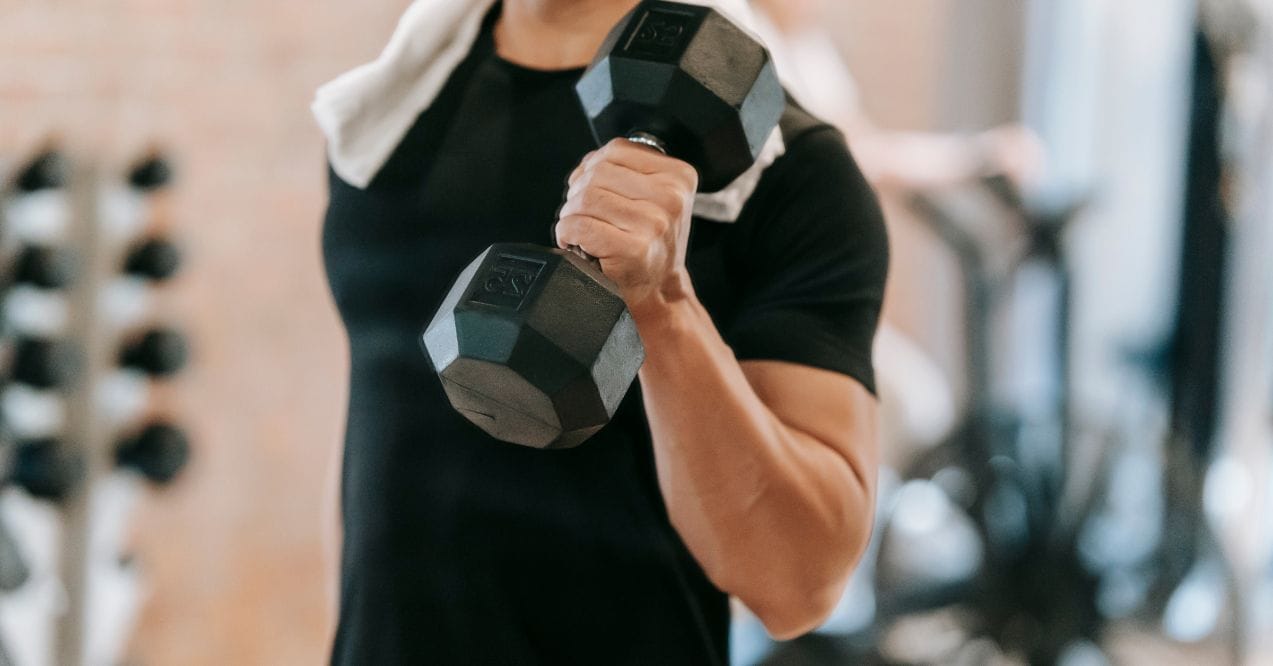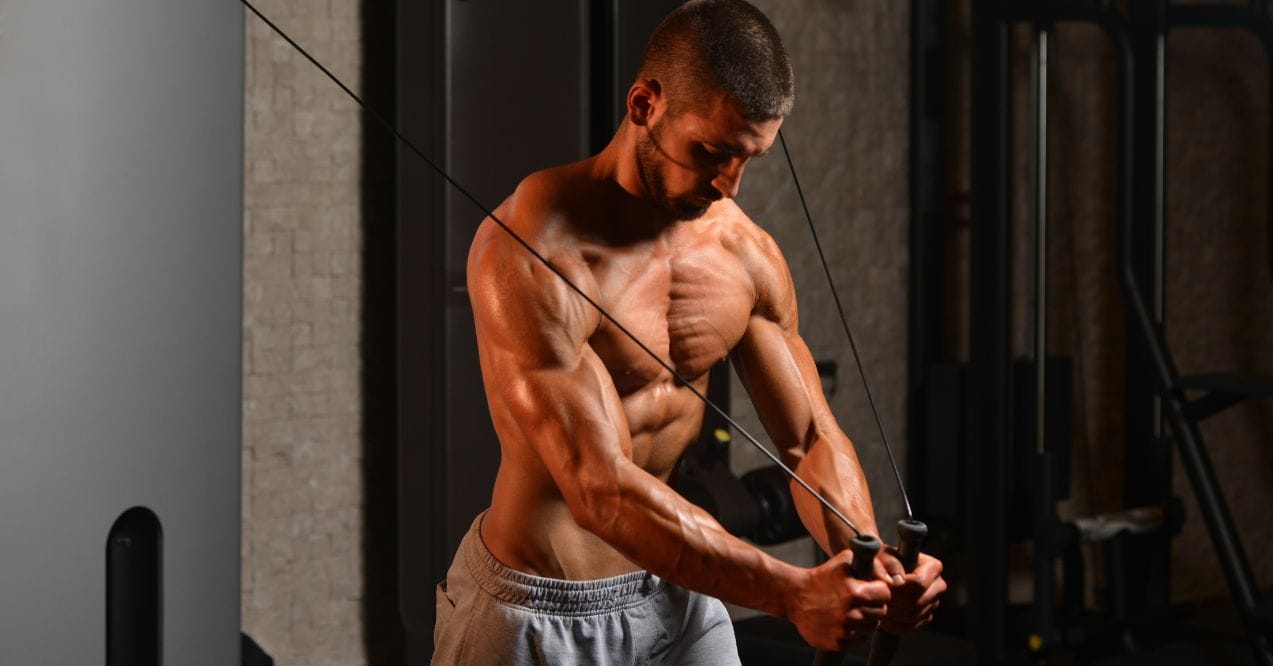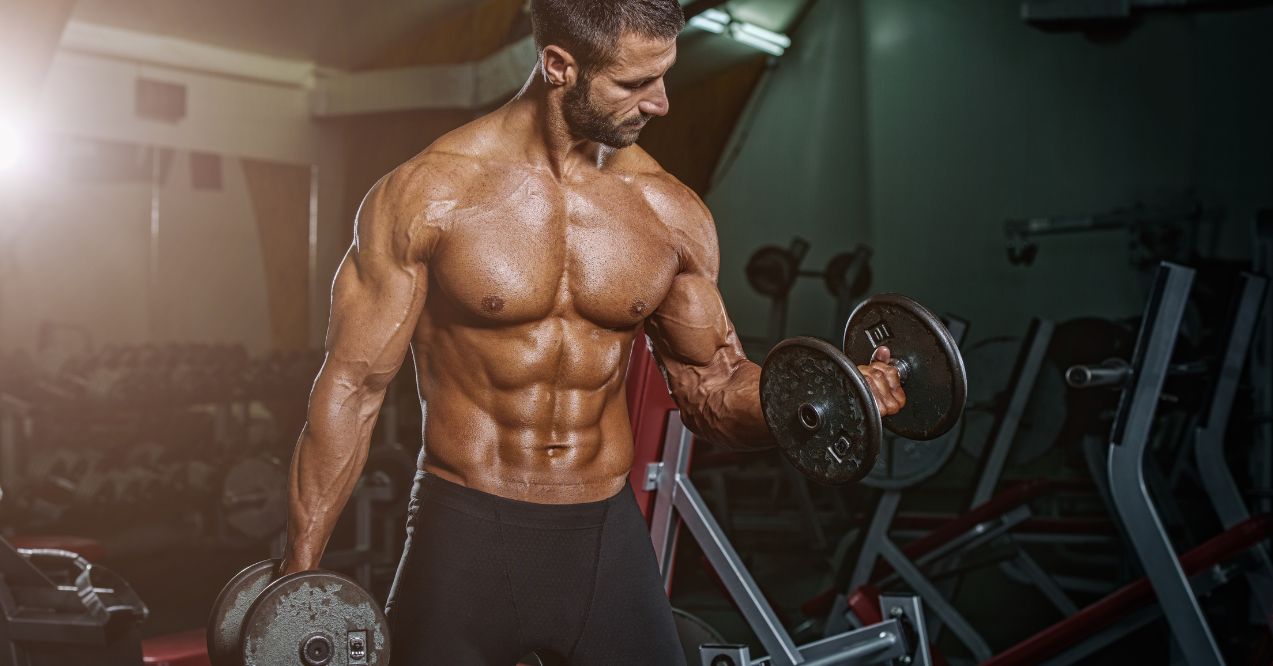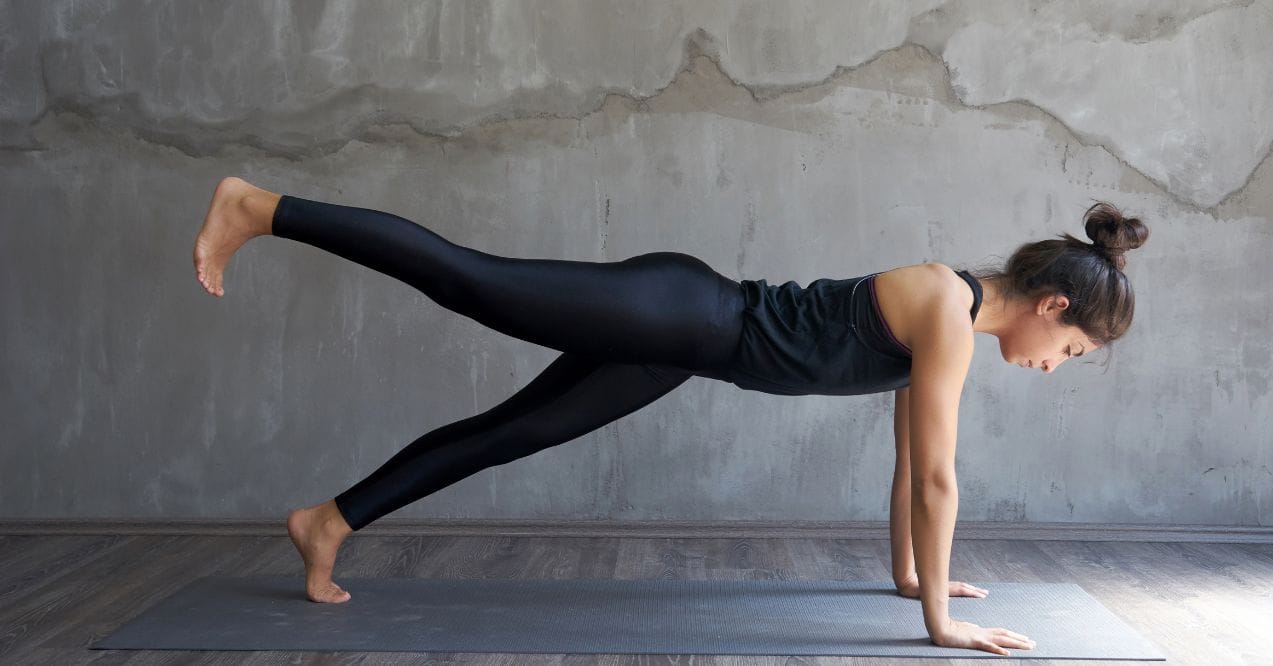Ultimate Calisthenics Leg Workout Routine
A well-designed calisthenics leg workout offers a powerful way to build strength and muscle using just your body weight. Whether you’re training at home, traveling, or simply prefer equipment-free workouts, calisthenics provides an adaptable approach to leg training that delivers results – especially when paired with a structured program like the 28 Day Calisthenics Challenge.

What is callisthenics?
Calisthenics represents a training approach that uses your body weight as the primary resistance tool. This ancient form of exercise dates back to Greek warriors who used these movements to stay fit for battle. Today, many fitness enthusiasts ask “What is Body Recomposition?” as they seek methods to build muscle while reducing body fat – and calisthenics offers an effective solution for both goals.
The beauty of calisthenics lies in its comprehensive benefits:
Functional Strength – These movements mirror natural patterns your body uses daily, making you stronger for real-life activities.
Joint Health – Bodyweight exercises typically involve full ranges of motion, promoting better mobility and joint stability.
Muscle Balance – Since most movements engage multiple muscle groups, you develop proportional strength throughout your body.
Mental Focus – Mastering bodyweight skills requires concentration and body awareness, fostering a stronger mind-muscle connection.
Each movement can be modified to match your current fitness level while offering room for progression as you grow stronger. This scalability makes calisthenics suitable for everyone, from beginners to advanced athletes.
How do you build leg strength with callisthenics?
Building powerful legs through calisthenics requires three core principles:
Progressive difficulty
Start with basic movements and gradually advance to more challenging variations. For example, progress from regular squats to jump squats, and eventually to pistol squats. A practical progression might look like:
- Week 1-4: Master regular bodyweight squats with perfect form (3 sets of 15-20 reps)
- Week 5-8: Introduce jump squats and assisted pistol squats (3 sets of 8-12 reps)
- Week 9-12: Begin practicing full pistol squats (2-3 reps per side)
This gradual progression allows your muscles, tendons, and nervous system to adapt safely.
Strategic volume
Without external weights, volume becomes your primary tool for growth. This means performing more sets and reps while maintaining proper form throughout each movement. A solid approach includes:
- 4-6 exercises per leg workout
- 3-5 sets per exercise
- 8-20 reps depending on exercise difficulty
- 2-3 leg workouts per week with adequate rest between sessions
Varied tempo control
Control the speed of each exercise to increase time under tension. Slow negatives (lowering phase) and paused repetitions create more muscle stimulus without additional weight. Try these tempo variations:
- Standard tempo: 2 seconds down, 1 second up
- Slow negatives: 4-5 seconds down, 1 second up
- Pause reps: 2 seconds down, 3-second pause at bottom, 1 second up
- Explosive: 3 seconds down, explosive up (for exercises like jump squats)
The key lies in consistent application and gradual progression rather than rushing into advanced variations too quickly. Start with mastering basic movements before attempting more challenging variations.
Best calisthenics leg workout routine
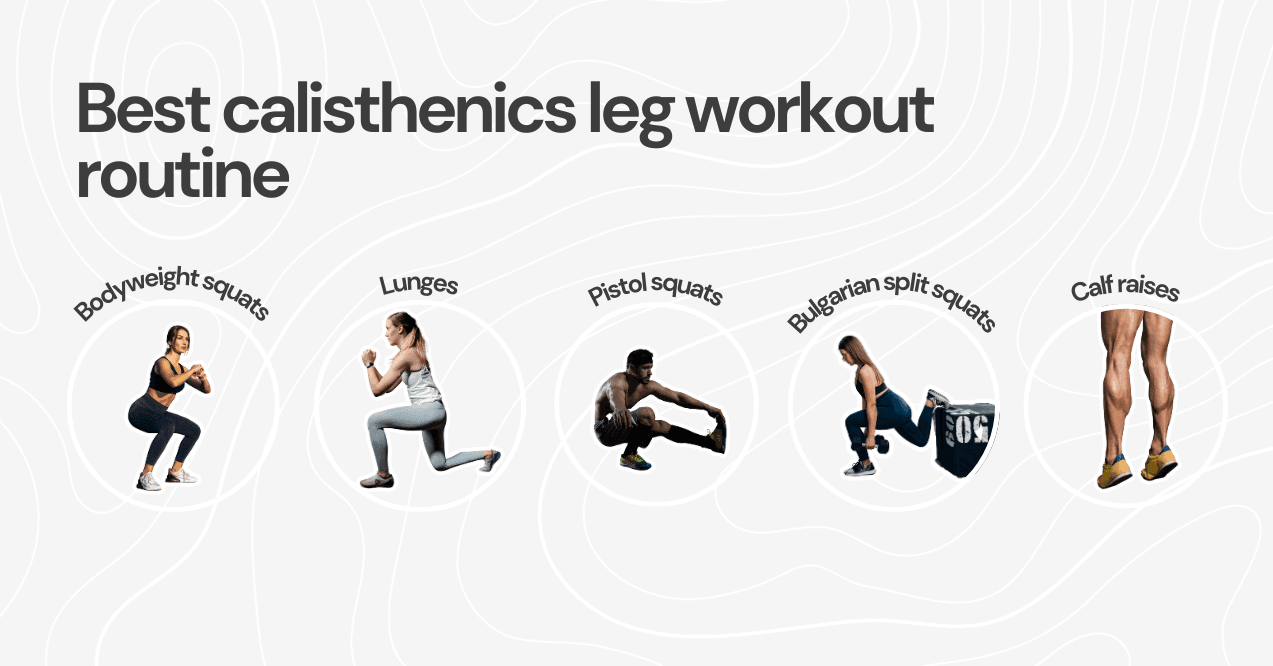
This complete leg calisthenic leg workout targets all major muscle groups in your legs through strategic exercise selection and proper progression. For days when you feel overtrained or need active recovery, consider also trying our Somatic Workout Plan – these gentle, mindful movements can help release muscle tension and improve mobility between your intense training sessions. Now, let’s dive into the main workout:
Bodyweight squats
The foundation of any leg workouts without equipment, calisthenics squats build overall leg strength and stability.
Setup and form
- Stand with feet shoulder-width apart
- Point toes slightly outward
- Keep chest up and core engaged
- Lower until thighs are parallel to the ground
- Drive through heels to stand back up
Progression options
- Regular bodyweight squats: 3 sets of 20 reps
- Pause squats: 3 sets of 15 reps with 3-second pause
- Jump squats: 3 sets of 12 reps
- Tempo squats: 3 sets of 12 (5 seconds down, 1 second up)
Lunges
These calisthenics leg exercises excel at targeting muscles individually, fixing imbalances and building unilateral strength.
Setup and form
- Start standing tall
- Step forward about 2-3 feet
- Lower back knee toward ground
- Keep front knee tracking over toes
- Push through front foot to return to start
Variations for leg training without weights
- Walking lunges: 3 sets of 20 steps total
- Reverse lunges: 3 sets of 12 per leg
- Jump lunges: 3 sets of 10 per leg
- Pulse lunges: 3 sets of 8 with 3 pulses at bottom
Pistol squats
This advanced calisthenics legs movement builds exceptional strength and balance.
Setup and form
- Keep non-working leg straight and parallel to ground
- Maintain tight core throughout movement
- Control descent speed
- Keep heel of working leg firmly planted
- Focus gaze at eye level for balance
Progression options
- Box pistols (using elevated surface): 3 sets of 5 per leg
- Assisted pistols (holding support): 3 sets of 3-5 per leg
- Negative-only pistols: 3 sets of 3 per leg
- Full pistol squats: 2-3 sets of 2-3 per leg
Bulgarian split squats
A key movement in any calisthenics leg workout that develops balance and single-leg strength.
Setup and form
- Place rear foot on elevated surface (12-24 inches high)
- Stand about 2 feet in front of surface
- Keep torso upright
- Lower until back knee nearly touches ground
- Maintain stable front knee position
Progression options
- Regular splits: 3 sets of 12-15 per leg
- Pause splits: 3 sets of 8-10 with 2-second pause
- Pulse splits: 3 sets of 8 with 3 pulses at bottom
- Jump splits: 3 sets of 8-10 per leg
Calf raises
Essential calisthenics for calves development and ankle stability.
Setup and form
- Stand on edge of step or flat ground
- Rise as high as possible on toes
- Keep legs straight but not locked
- Control the lowering phase
- Maintain upright posture
Progression options
- Two-leg raises: 4 sets of 20-25
- Single-leg raises: 3 sets of 15-20 per leg
- Jump rope: 3 sets of 50 jumps
- Explosive calf jumps: 3 sets of 10
Making the most of your calisthenics leg workout
Your success with this calisthenics leg workout depends on smart planning and proper support. Let’s dive into the key aspects that will help you optimize your results.
Weekly training structure
A well-planned training schedule forms the foundation of consistent progress. Set aside Monday for your primary leg session, focusing on basic movements with three sets of each exercise. Use Wednesday for upper body work, but maintain leg conditioning with 10-15 minutes of jump rope. Friday serves as your advanced session, where you’ll tackle more challenging leg variations and single-leg work. Save the weekend for active recovery or complete rest, allowing your body to adapt and grow stronger.
Nutrition for performance
Proper nutrition timing and quality fuel your progress in calisthenics training. Begin each day with 20-30g of protein – our Bone Broth Protein makes an excellent breakfast choice, delivering both muscle-building protein and compounds that support joint health. Plan your main meals 2-3 hours before workouts to ensure stable energy levels. After training, prioritize a combination of protein and fast-digesting carbs to jumpstart recovery.
Adding Trumeta Creatine to your daily routine may support your training efforts, especially for explosive movements like jump squats, as it supports muscle strength and helps maintain high-intensity performance.

Recovery strategies
Recovery plays just as crucial a role as the workouts themselves. Always allow 48 hours between intense leg sessions to give your muscles adequate time to repair and adapt. Monitor your hydration levels throughout the day – your urine should maintain a clear to light yellow color. Quality sleep serves as your primary recovery tool, so aim for 7-8 hours each night. On rest days, incorporate foam rolling sessions to maintain muscle quality and reduce tension in worked muscle groups.
Training approach
Success in calisthenics comes from mindful progression and attention to detail. Make it a habit to film your form periodically, analyzing your movement patterns to ensure proper technique. Take time to truly master basic variations before advancing to more challenging ones. Keeping a workout journal helps track your progress and identifies patterns in your training. Most importantly, learn to distinguish between productive training stress and potential injury signals – don’t hesitate to take an extra rest day when your body signals the need.
Common mistakes to navigate
The path to mastery requires avoiding several common pitfalls that can hinder progress. Resist the urge to rush through progression steps – each level builds upon the previous one. Learn to differentiate between normal muscle soreness and joint pain, as training through the latter can lead to setbacks. Never skip your warm-up routine or mobility work, as they prepare your body for the demands of training. Maintain consistency in your training schedule and nutrition timing, as sporadic efforts yield sporadic results.
The combination of structured workouts, proper supplementation, and adequate recovery forms the foundation of sustainable progress in your calisthenics journey.
Conclusion
This calisthenics leg workout routine offers a solid foundation for building strength and muscle without equipment. Whether you’re working out at home or in the park, these exercises provide all the tools needed for impressive leg development. Start with the basics, focus on proper form, and progress at your own pace. With consistency and dedication, you’ll experience notable improvements in leg strength, balance, and overall athletic performance.
Yes, calisthenics leg exercises like pistol squats, Bulgarian split squats, and advanced plyometric movements create sufficient resistance for muscle growth. Progressive overload through exercise variations and increased time under tension drives leg development effectively.
Twenty minutes can be effective if you maintain high intensity and proper form. Focus on compound movements and minimize rest periods. However, longer sessions (30-45 minutes) allow more thorough workout progression and better results.
Calisthenics builds muscle through progressive overload and varied exercise intensity. Advanced movements like muscle-ups, handstand push-ups, and single-leg exercises create enough stimulus for significant muscle growth when combined with proper nutrition and recovery.
References
Advertisement. This site offers health, wellness, fitness and nutritional information and is designed for educational purposes only. You should not rely on this information as a substitute for, nor does it replace, professional medical advice, diagnosis, or treatment. If you have any concerns or questions about your health, you should always consult with a physician or other health-care professional. Do not disregard, avoid or delay obtaining medical or health related advice from your health-care professional because of something you may have read on this site. The use of any information provided on this site is solely at your own risk.
